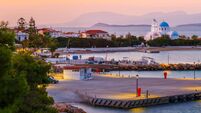Murcia: 12 reasons to head inland for a Spanish break with a difference

Calblanque Regional Park, Murcia
If you always flock to the busy coastal towns of Spain, why not try something different this year? Inland Murcia, tucked away from the well-trodden sands, is often overlooked, but is a city that rewards the curious.
With high summer temperatures and a long shoulder season (in January the average temperature range is a high of 17C during the day), Murcia is ideal for sun seekers. It’s also brimming with beautiful sandstone architecture, lively plazas, has history at every turn, and great restaurants.
Handily, it’s also served by two airports — Murcia and Alicante. The former only opened in 2019 and has just nine gates, making it as stress-free a travel experience as you can get, far away from the mobs of people navigating Malaga airport.
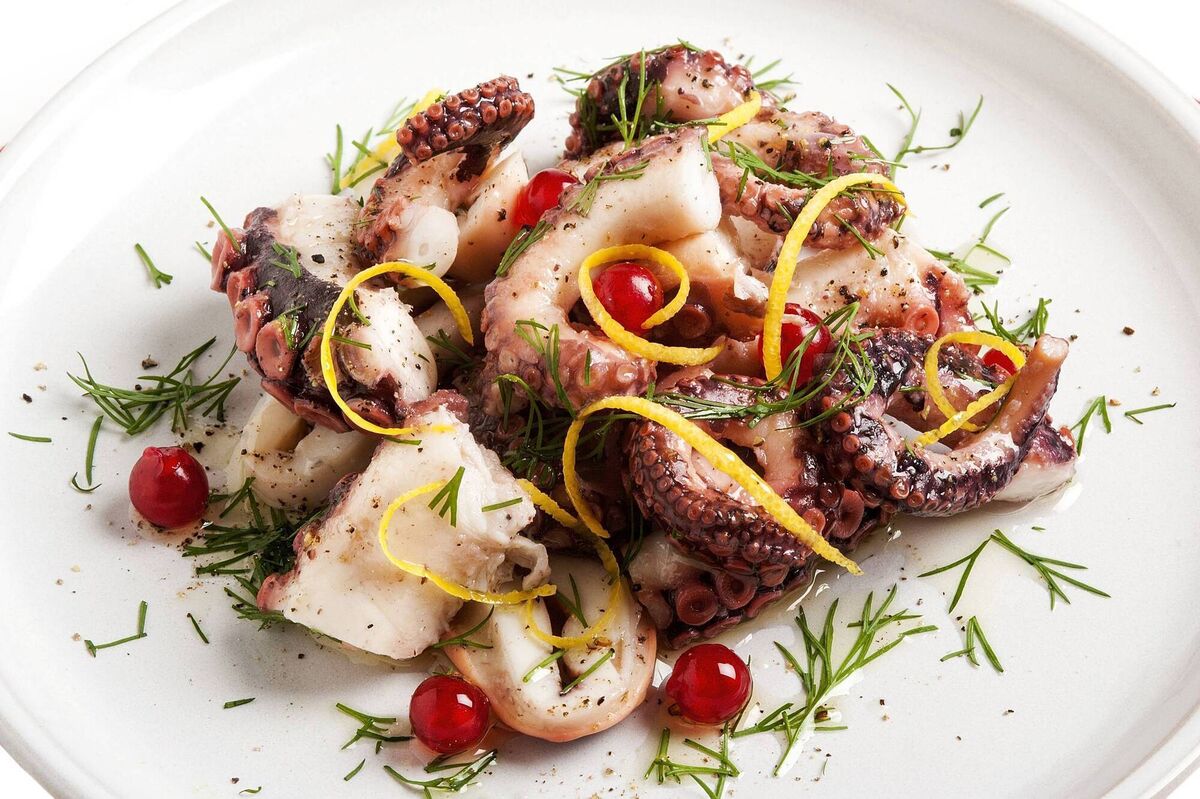
Murcia is known as “Europe’s orchard” for good reason.
As you leave the airport and head into the city, you’ll pass endless farmland-rows of lettuce, oranges, lemons, tomatoes, and more, many destined for supermarket shelves across the continent.
But it’s in Murcia’s restaurants where local ingredients are transformed into something really special.
Start with zarangollo, a silky scramble of courgette, onion, and egg, and nibble on traditional Marinera tapas and baked octopus, before tucking into a main course of rice and costillejas.
Made with the part of the pig between the loin and the sirloin, costillejas combine with rice and vegetables to make a rich paella.
To finish, order paparajotes. These are lemon leaves, battered, fried, and dusted in cinnamon sugar, and though the leaves provide flavour, these are usually removed before serving.
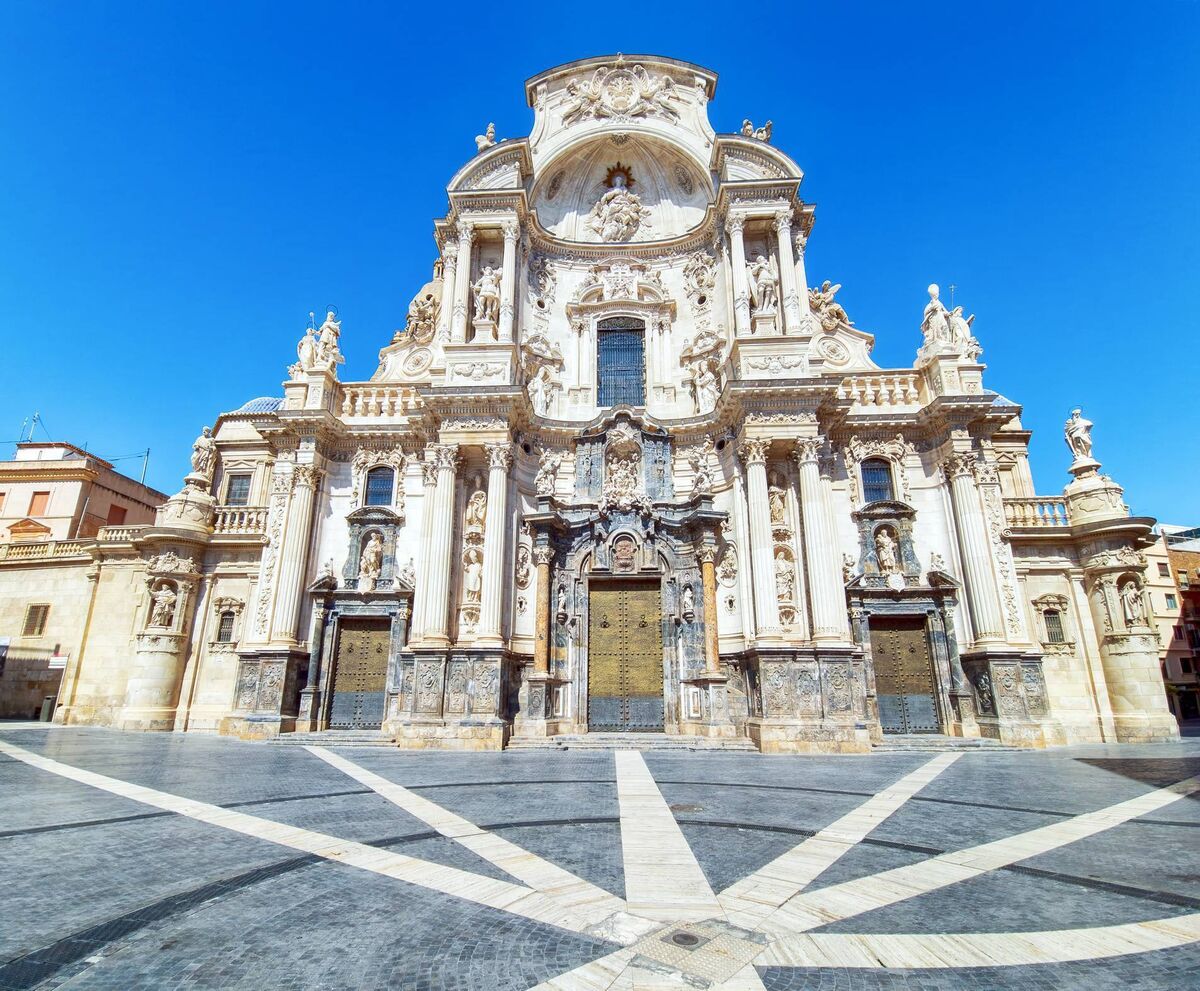
Murcia’s cathedral is a real mishmash of styles; the first two storeys were built in the Renaissance style, while the third is Baroque. Inside is mainly gothic.
Home to 35 bells from the 17th and 18th centuries, its bell tower is the key emblem of the city’s skyline. It was constructed in stages blending Renaissance, Baroque, and Neoclassical styles by various architects over several centuries.
Visitors can explore its interior rooms and climb to the top for panoramic views of the city, and if you’re really lucky, you might get to see a flamboyant wedding party emerge or enter through the Door of Chains, too.
- catedralmurcia.org, €6.
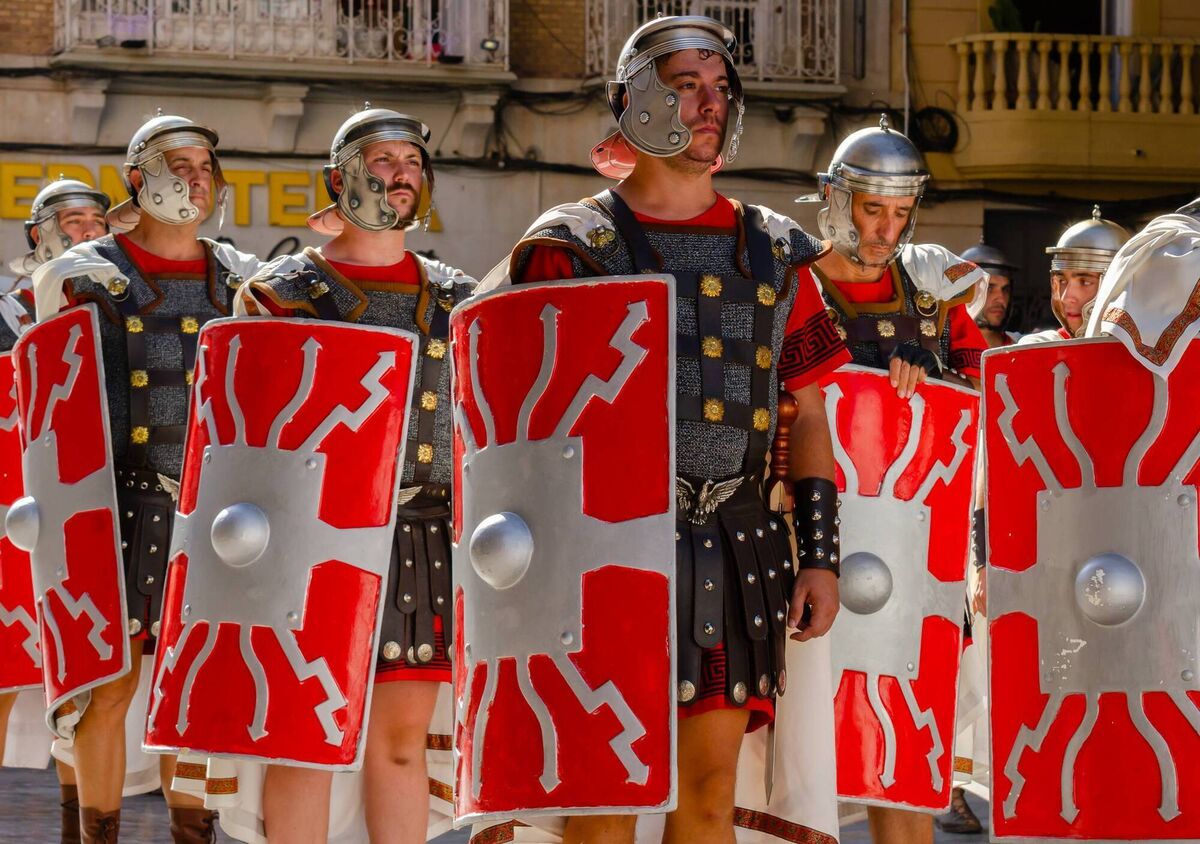
Every September, the Festival of Moors and Christians takes place at the Medieval Camp, in the San Esteban garden.
With a parade and elaborate costumes, this celebration focuses on the city’s founding, and pays homage to important historical figures from both Muslim and Christian backgrounds.
Its climax is a symbolic bestowing of the city keys at the Cardenal Belluga Plaza.
Unlike many other celebrations that focus on military conquest, the festival is seen by many locals as a celebration of the city’s diverse heritage and coexistence.
Though like any religious-coded historical remembrance, there is plenty of debate on its role in a modern, pluralistic society.
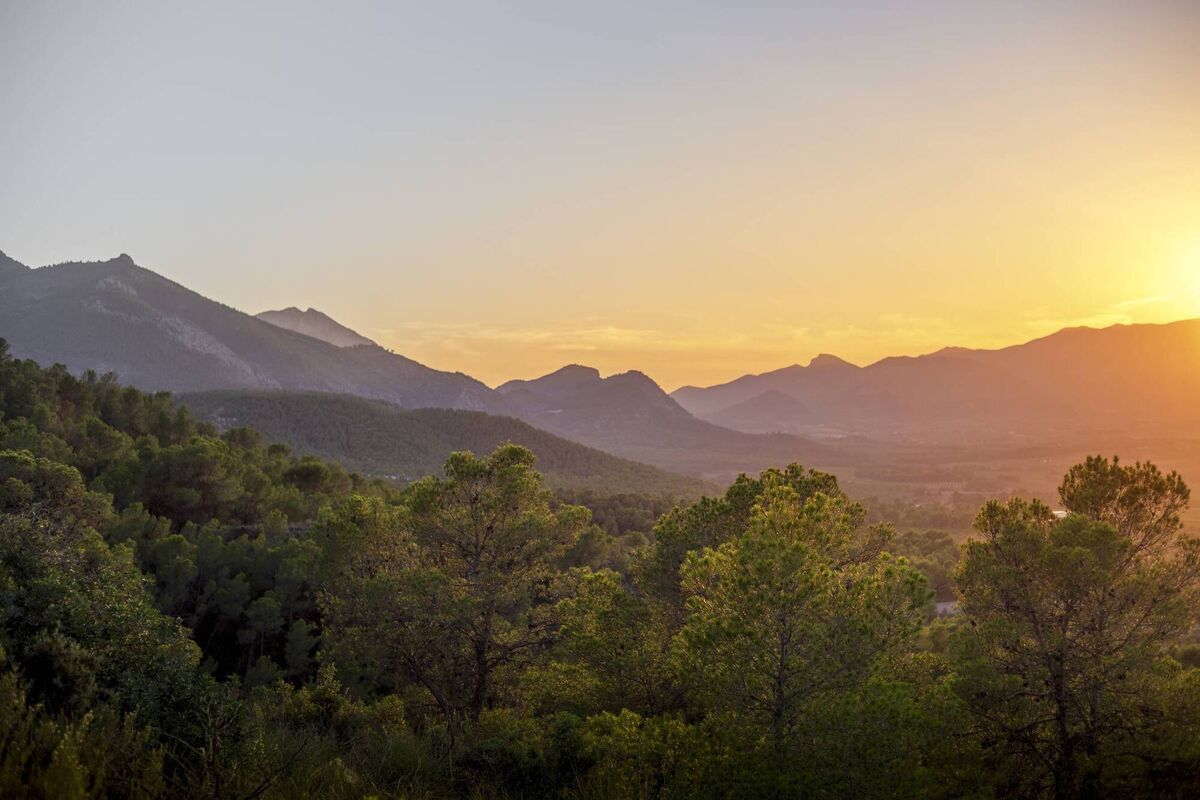
Thanks to its smooth, quiet roads, 320 days of sunshine, and varied terrain, Murcia is a paradise for cyclists.
A number of tour operators provide bike rental, fully-guided routes, and support vehicles meaning you can focus on the scenery of orchards, farmland, and mountains, rather than the logistics.
For those who like a challenge, the Espubike route is a 146km circular trail through the Sierra Espuña mountains, which is generally completed in four sections.
- murciacycling.com, prices depend on bike, route, and tour.
Yes, Murcia is inland, but it’s just 50km, around an hour’s drive, to San Pedro del Pinatar, where the Mar Menor’s shallow waters are perfect for windsurfing, and other water sports.
Considered the largest lagoon in Spain, conditions here include famously forgiving-gentle winds, warm waters, and high salinity, so even if you’re a total beginner, you’ll find instructors and rental shops ready to get you started.
Shops and schools line the lagoon, where you can usually pick up equipment on the day, or book a lesson, or tour a day or two in advance.
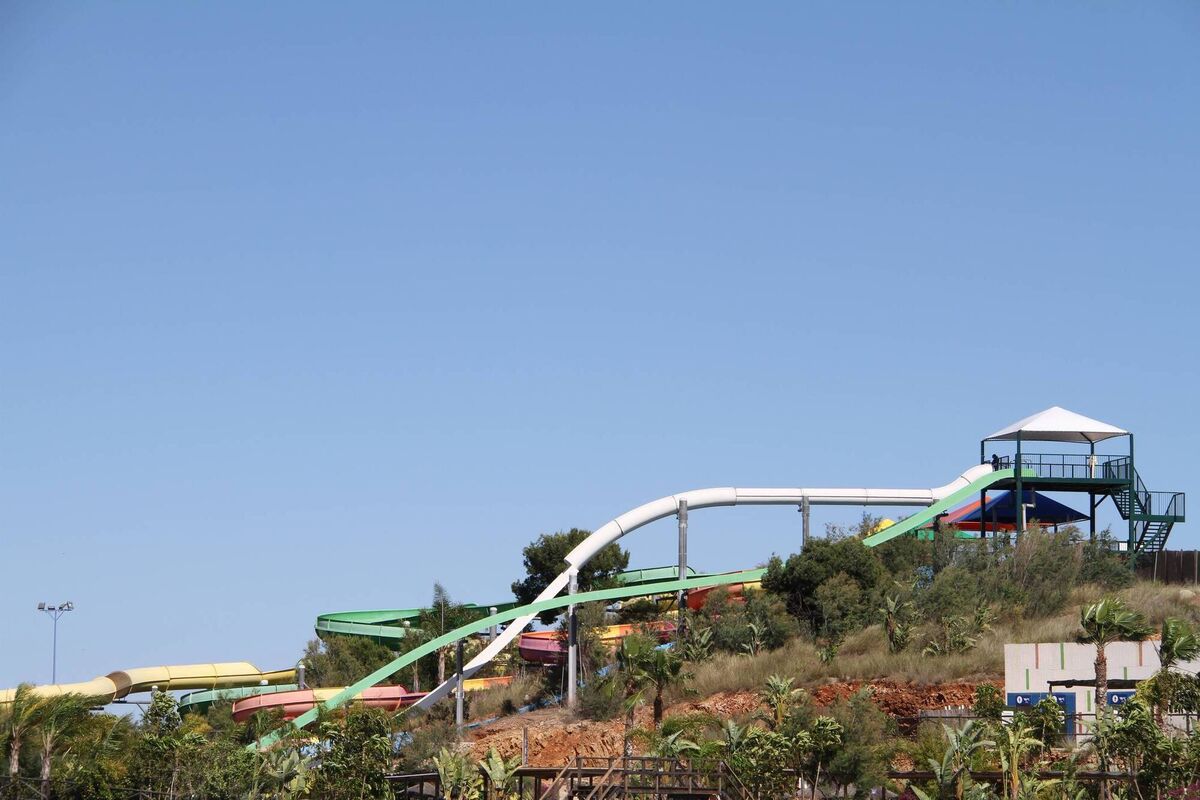
On hot days, water parks are heaven-sent on inland holidays, and Terra Natura and Aqua Natura offer a little more than your average.
It’s two parks in fact, one a zoo housing up to 500 animals of 40 different species in its zoo, including Iberian wolves, brown bears, hyenas, and an impressive aviary, while Aqua Natura has slides, zones, and waterfalls for all ages.
Visitors can go in and out of both all day, and there are educational talks and shows on throughout the day at the zoo.
At the water park, there are swimming pools designed for children under three years old, the Fun Cube zone has baby-friendly slides, while Splash is better for older kids with waterfalls and water guns.
For less energetic visitors, its lazy river can take you around with or without a float. Aqua Natura Murcia is the only water park in Murcia, and is open June to September. Bring pool shoes as the ground can get very hot in summer.
- murcia.terranatura.com, tickets from €11-15, infants 0-2 years old go free.
Just 24km from the city, the Balneario de Archena is a thermal spa complex set beside the Segura River.
Its mineral-rich waters have been soothing visitors for centuries, and today the complex offers everything from thermal pools and mud treatments to beauty therapies and wellness programmes.
With three spa hotels and lush gardens, it’s the perfect place to take a pause for a day trip, or even to stay a couple of nights.
- balneariodearchena.com, day passes for Monday-Friday (excluding holidays) are €23 for adults, and €15 for children under 11, weekends are €29 and €21.

Murcia is home to the Jack Nicklaus Golf Trail, a collection of championship courses designed by the legendary golfer himself.
Its six courses are Mar Menor, La Torre, Saurines, Riquelme, El Valle, and Alhama, and each has something different to offer.
At desert-like Saurines, fast-sloping greens and flawless fairways are framed by gravel dunes and sand dunes, and though Alhama Signature Golf is considered to be one of Spain’s best courses, recent reports say the fairways are currently sparse and greens are only passable, so is one to skip this year.
- jacknicklausgolftrail.com, €48 green fee, €116 green fee with buggy.
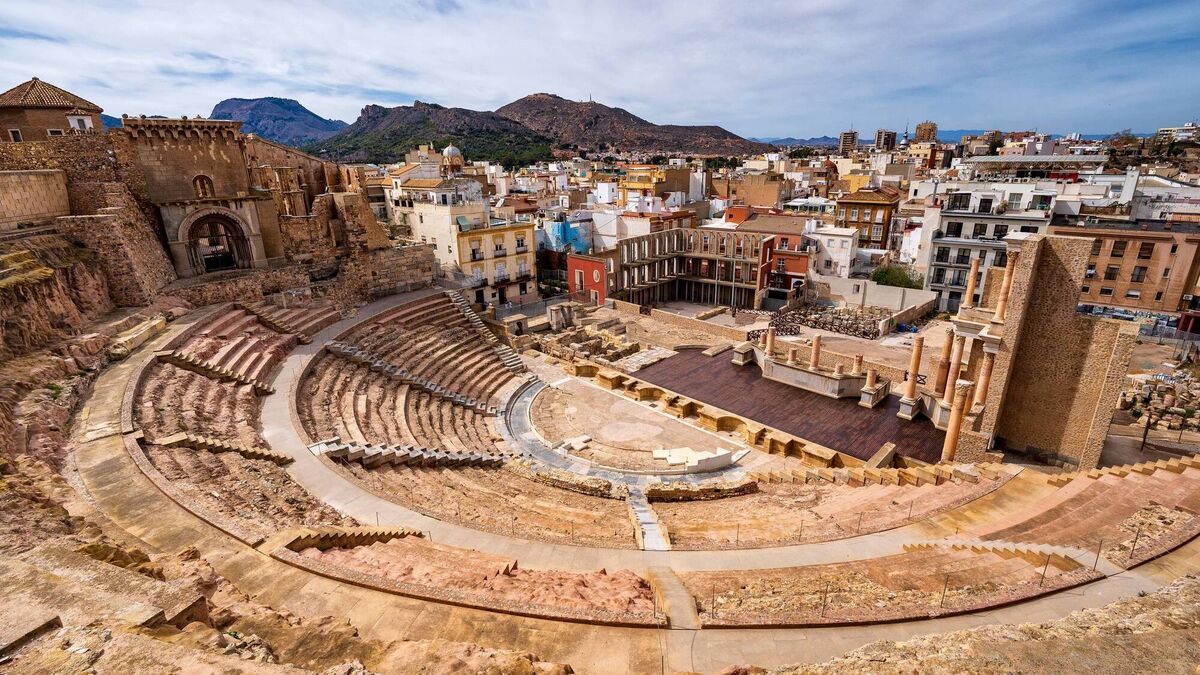
Just under an hour from Murcia, the port city of Cartagena is home to Roman ruins which began excavation in 1988, and were fully revealed by 1998.
Its highlight is a Roman theatre, dating back to the 1st-century BC, which once held 6,000 spectators. Book in advance and wander through the ancient amphitheatre, explore the Roman Forum, and imagine the city as it was two millennia ago.
Cartagena’s past is everywhere, in its museums, monuments, and streets. This is a day trip that feels less like an excursion, and more like time travel.
For something a little more unusual, visit one of the many caves that surround Murcia, where you’ll see dramatic geological formations, and maybe even colonies of bats.
Cueva del Puerto is considered to be one of the most impressive, with vast underground chambers, huge stalactites and stalagmites, and a network stretching almost 5km.
Its standard tour covers around 700m and descends 50m underground, and though it’s well-lit, do wear sturdy shoes.
English-speaking tours are available, but pre-booking is essential.
- cuevadelpuerto.es, €14-16, children under four years old go free.

A little farther on from Cartagena, you’ll find a small island off the coast of La Playa Amarilla called Isla del Fraile, near Águilas.
This steep island has Mediterranean vegetation, and is only 50m away from the coast, so is technically accessible by kayak, boat, or even swimming.
However, entering is not allowed due to its Roman ruins and because it’s a protected natural area.
Yellow Beach is a top spot to snorkel in, and you can expect to see a good variety of fish, cuttlefish, and even dolphins if you’re really lucky.
Museum of Fine Arts of Murcia isn’t the most expansive gallery you’ll ever visit, but among this small collection from the 15th century onwards, you’ll find works from Spanish painters from many different periods and origins.
Joaquín Sorolla and Romero de Torres pieces are the star attractions.
- museosregiondemurcia.es, free.
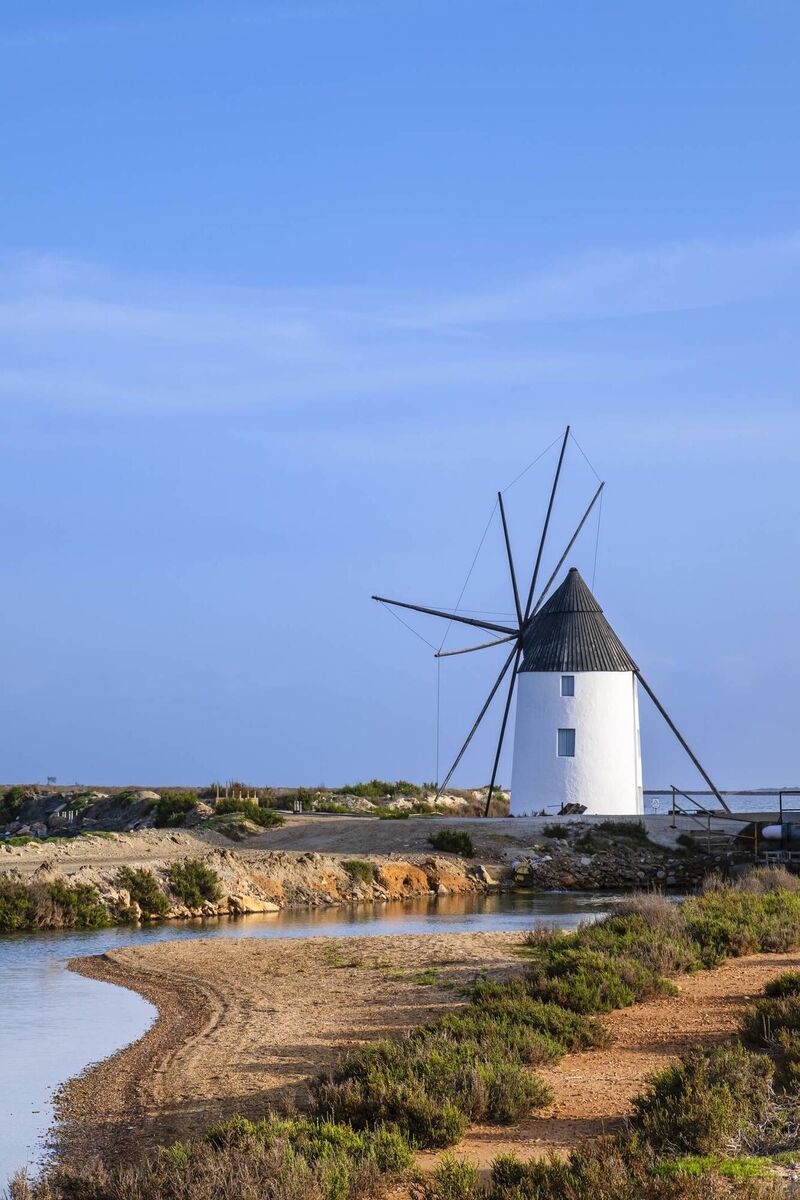
Murcia is easily accessible from Ireland, with several convenient flight options. Ryanair operates direct flights from Dublin to Murcia’s modern airport daily from Tuesday to Sunday, ensuring a stress-free arrival just 25km from the city centre.
You can also travel with Ryanair to Alicante (75km from Murcia) any day, and Aer Lingus offers direct flights from Dublin to Alicante five times a week.
For those preferring to depart from Cork, Ryanair flies direct to Alicante every day bar Saturdays.
Once you land, getting into the city is straightforward. From both airports, taxis, car hire, and shuttle buses are available.
Once in Murcia, there’s a varied range of accommodation from stylish city hotels like Hotel Cetina and Barceló Murcia Siete Coronas, to more family-friendly villas and self-catering apartments, and of course, the spa resort, Balneario de Archena.
The city is compact meaning you’re never particularly far away from the buzzing centre, and it’s easily explored on foot.
